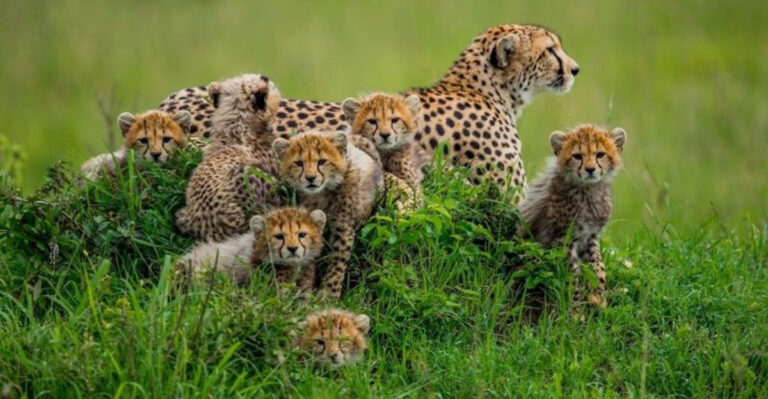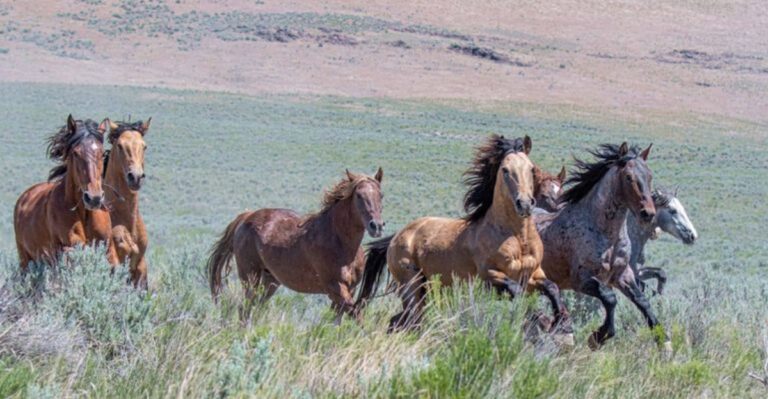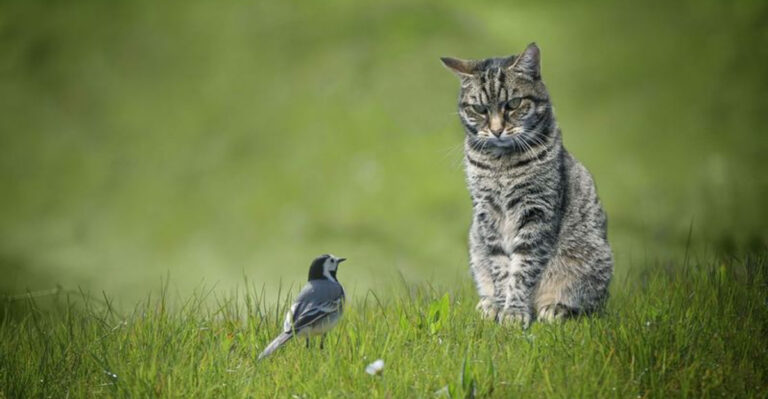12 Ways Horses Transformed The American Frontier
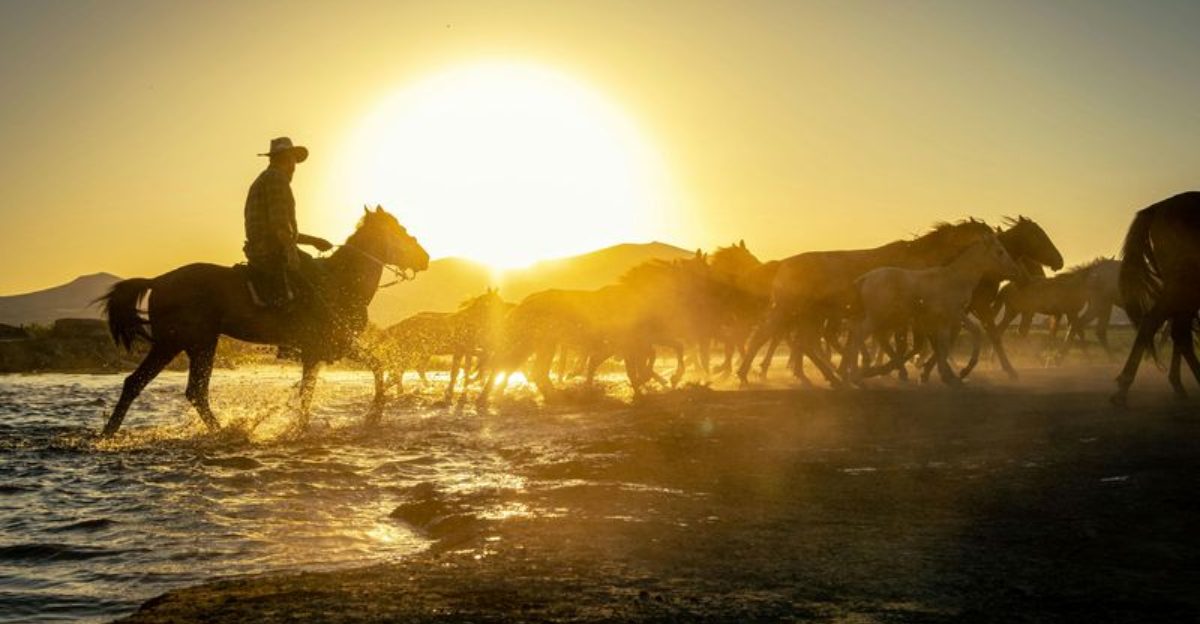
Horses changed everything about life on the American frontier. When Spanish explorers brought these powerful animals to North America in the 1500s, they sparked a revolution in transportation, warfare, and culture that would shape the continent forever.
The partnership between humans and horses opened vast territories, empowered Native nations, and created the iconic images of the Wild West we still celebrate today.
1. Spanish Horses Changed The Continent

The arrival of horses with Spanish conquistadors in the 1500s revolutionized life across North America. These animals escaped or were traded to Indigenous peoples, spreading rapidly throughout the plains and mountains.
Within generations, horses had transformed hunting, travel, and warfare for both Native nations and European settlers. This single introduction of livestock reshaped the human experience more dramatically than perhaps any other animal in American history.
2. Native Americans Developed Elite Horsemanship

Plains tribes like the Comanche became some of the world’s finest riders within just generations of encountering horses. Children learned to ride almost before they could walk, developing skills that amazed European observers.
Warriors could shoot arrows accurately while hanging from the side of a galloping horse. The Nez Perce became master breeders, creating the Appaloosa horse specifically for strength and endurance in challenging mountain terrain.
3. Buffalo Hunting Reached New Heights

Before horses, hunting buffalo required elaborate foot chases or dangerous cliff drives. Mounted hunters could suddenly keep pace with thundering herds, selecting specific animals and approaching from optimal angles.
A skilled hunter and horse worked as one unit, allowing tribes to harvest more meat with less risk. This abundance transformed Plains cultures, providing surplus that supported larger populations and more complex social structures.
4. Long-Distance Trade Networks Flourished

Horse-powered trade connected distant regions of North America like never before. Items that once took months to transport could now travel in weeks, expanding commerce dramatically.
The Comanche trading empire stretched from Mexico to Canada. Horses themselves became valuable trade items, with specially bred animals commanding extraordinary prices. Cultural ideas, technologies, and languages spread alongside physical goods on these extensive networks.
5. Cattle Ranching Defined The Western Economy
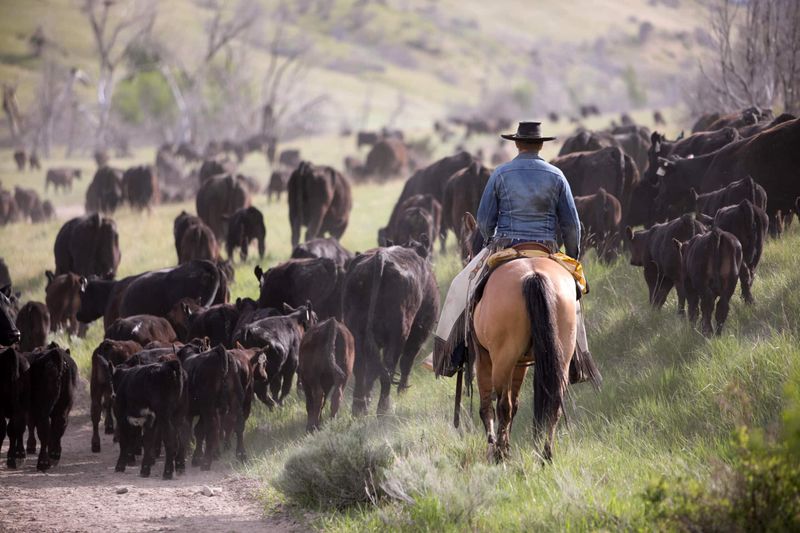
Without horses, the massive cattle drives that built the western economy would have been impossible. A single cowboy on horseback could control hundreds of cattle across difficult terrain.
The partnership between rider and horse created the iconic American cowboy culture. Special breeds like Quarter Horses emerged specifically for cattle work, with lightning-quick reflexes and “cow sense” that made them perfect for cutting individual animals from herds.
6. Military Campaigns Relied On Mounted Forces

The U.S. Cavalry became the primary military force in western expansion, with horses providing mobility across vast territories. Mounted soldiers could patrol areas impossible to reach by other means.
Famous units like the Buffalo Soldiers served on horseback, facing brutal conditions. The relationship between horse and rider often meant survival in hostile environments. Many cavalry mounts became legendary for their intelligence and endurance under fire.
7. Wagon Trains Depended On Equine Power
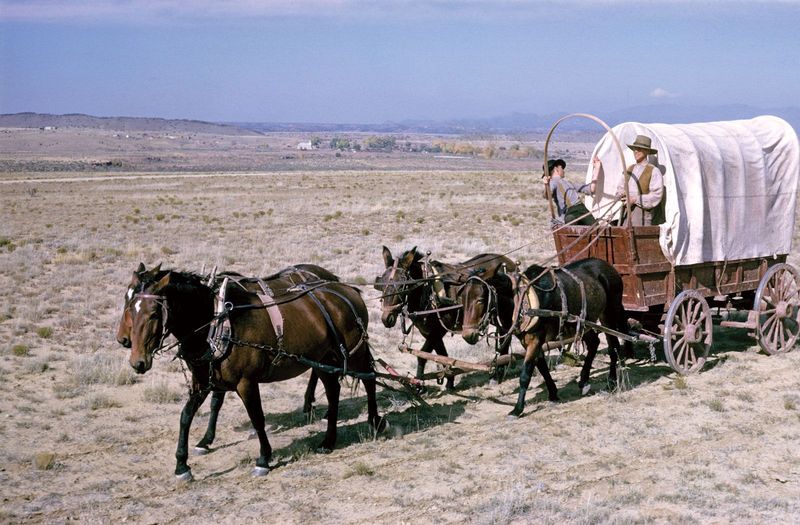
The great migration westward relied entirely on horse and oxen power. Mounted scouts rode ahead of wagon trains to find water, safe passages, and potential dangers.
Horses pulled countless families toward new beginnings on the frontier. The average Oregon Trail journey required six months and wore through multiple sets of horseshoes. These loyal animals often made the difference between survival and disaster for pioneer families.
8. Mail Service Crossed Impossible Distances

The legendary Pony Express showcased the horse’s unmatched ability to connect isolated communities. Young riders and specially selected horses raced across 1,800 miles of wilderness, changing mounts every 10-15 miles.
Messages that once took months suddenly arrived in just 10 days. Though short-lived (only 18 months before the telegraph), this horse-powered communication system captured America’s imagination forever. The relay demonstrated how horses could conquer even the most challenging terrain.
9. Horses Became Powerful Cultural Symbols

The frontier horse embodied American ideals of freedom and self-reliance. In literature, art, and later films, the horse represented the untamed spirit of the West.
Famous horses like Comanche (the sole Army survivor of Little Bighorn) became national celebrities. Native cultures incorporated horses deeply into spiritual practices and origin stories. This symbolic power continues today in rodeos, Western films, and American iconography.
10. Frontier Economies Centered Around Equine Needs
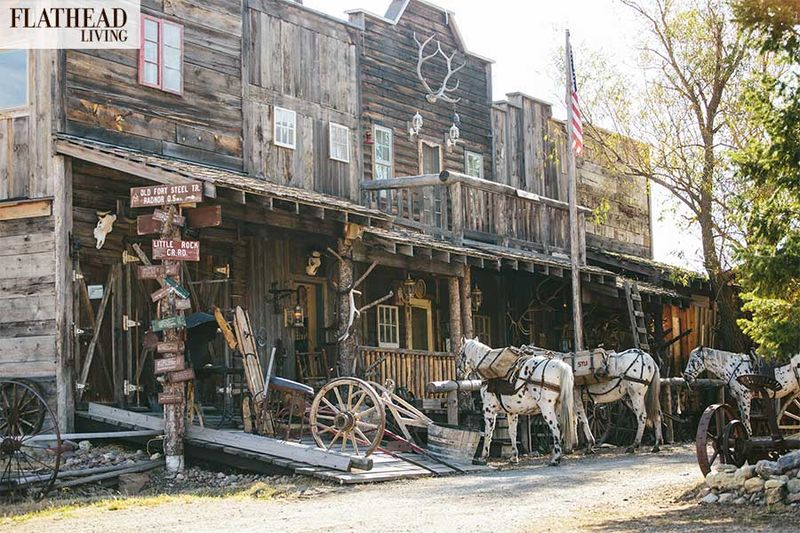
Entire industries emerged to support the frontier’s horse dependency. Blacksmiths, saddle makers, stable operators, and feed suppliers formed the backbone of every western town.
Horse breeding became a sophisticated business, with bloodlines carefully tracked. The average frontier family spent a significant portion of their income on horse-related expenses. This economic impact shaped development patterns and town layouts across the expanding nation.
11. Women Found New Independence Through Riding
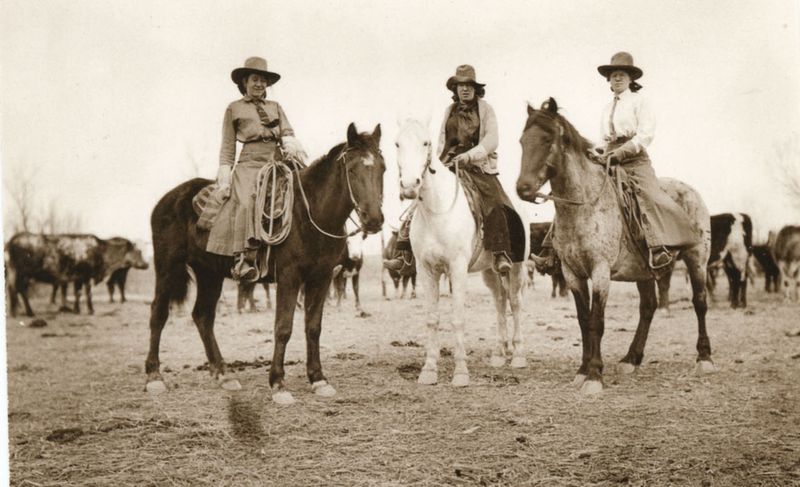
Horseback riding offered frontier women rare freedom in an otherwise restrictive society. Many women managed ranches and farms from horseback, breaking gender barriers of the era.
Female trick riders and performers like Annie Oakley showcased exceptional horsemanship. For isolated homesteaders, a horse might be a woman’s only means of emergency travel or social connection. This partnership fostered independence that helped shape western women’s unique cultural identity.
12. Wild Mustangs Became Living Symbols Of Freedom
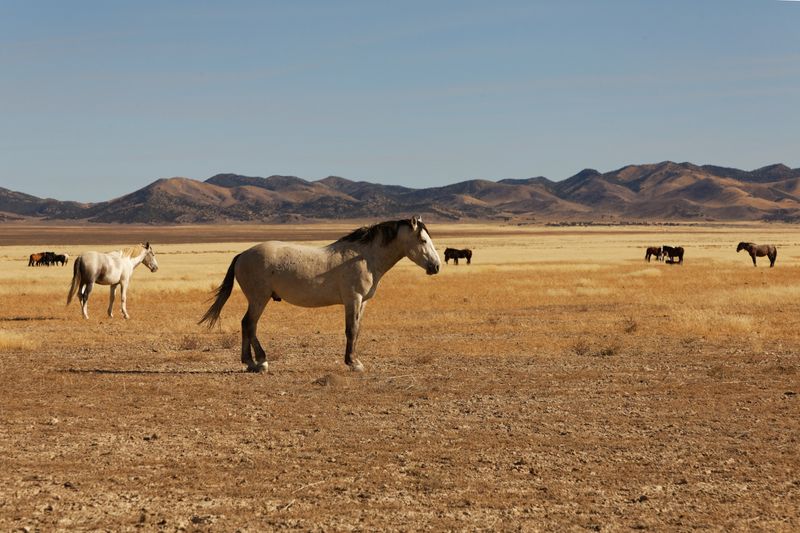
Descendants of escaped Spanish horses adapted to survive harsh conditions across the American West. These wild mustangs formed free-roaming bands that captured the public imagination.
By the early 1900s, millions roamed the western ranges. Their presence shaped ecosystems and inspired conservation efforts that continue today. These living symbols of the frontier spirit remain protected under federal law as important cultural and historical resources.


